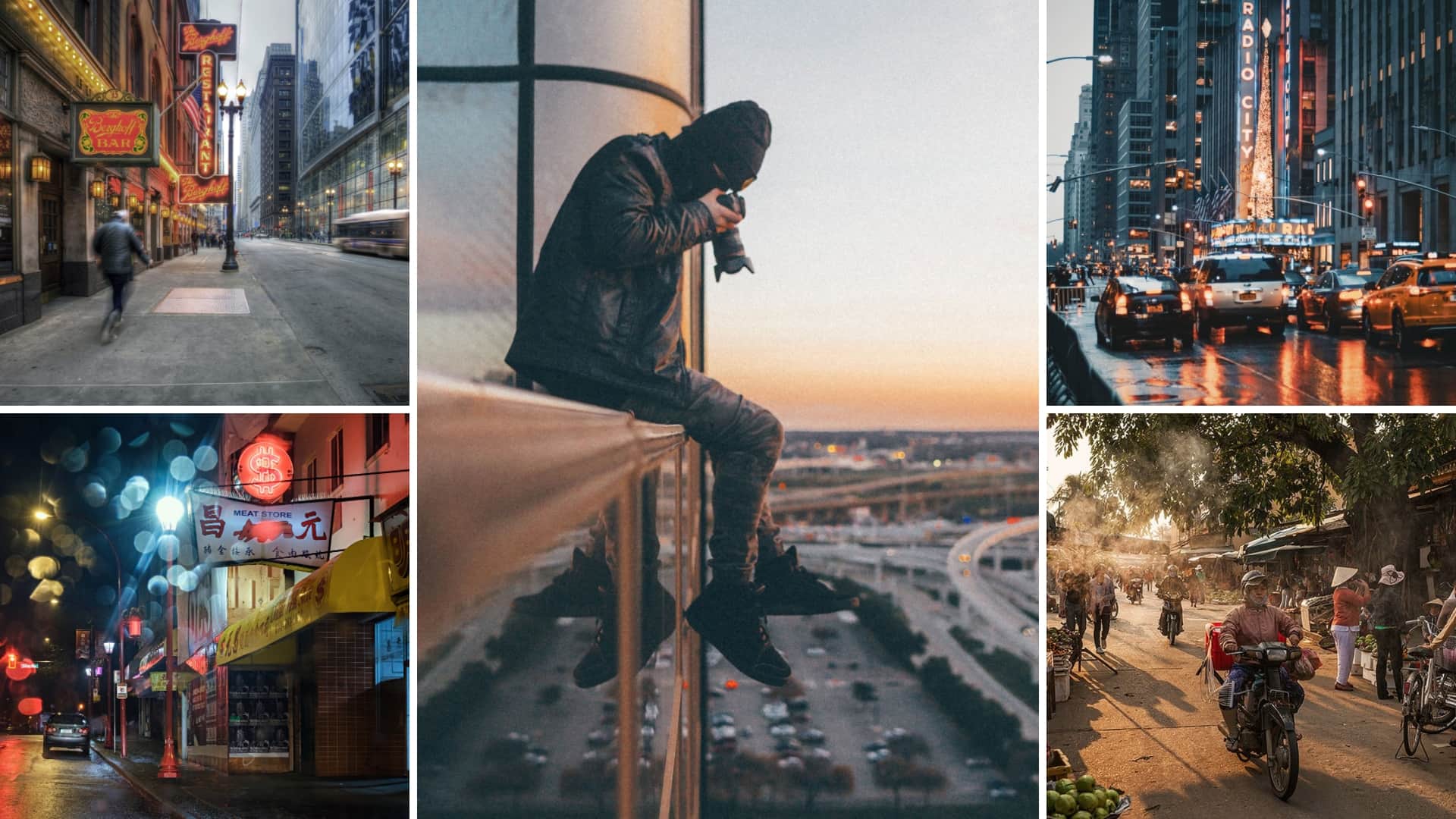The 2-Minute Rule for Framing Streets
The 2-Minute Rule for Framing Streets
Blog Article
6 Easy Facts About Framing Streets Explained
Table of ContentsHow Framing Streets can Save You Time, Stress, and Money.5 Simple Techniques For Framing StreetsThe 6-Second Trick For Framing StreetsFraming Streets Can Be Fun For EveryoneLittle Known Facts About Framing Streets.The smart Trick of Framing Streets That Nobody is Discussing
Photography style "Crufts Pet Program 1968" by Tony Ray-Jones Road photography (additionally occasionally called candid digital photography) is photography performed for art or questions that features unmediated opportunity experiences and arbitrary occurrences within public locations, typically with the purpose of catching images at a decisive or emotional moment by careful framing and timing. 
The Only Guide to Framing Streets
Susan Sontag, 1977 Road digital photography can concentrate on individuals and their habits in public. In this regard, the road professional photographer is similar to social docudrama professional photographers or photojournalists that additionally work in public places, but with the aim of capturing relevant events. Any of these professional photographers' pictures may capture people and building noticeable within or from public areas, which frequently entails browsing honest issues and legislations of privacy, security, and building.
Representations of daily public life develop a style in virtually every duration of globe art, starting in the pre-historic, Sumerian, Egyptian and early Buddhist art durations. Art managing the life of the road, whether within sights of cityscapes, or as the leading theme, shows up in the West in the canon of the North Renaissance, Baroque, Rococo, of Romanticism, Realism, Impressionism and Post-Impressionism.
What Does Framing Streets Do?
Louis Daguerre: "Blvd du Temple" (1838 or 1839) In 1838 or 1839 the first photo of figures in the street was taped by Louis-Jacques-Mand Daguerre in among a pair of daguerreotype sights drawn from his studio home window of the Blvd du Temple in Paris. The second, made at the height of the day, reveals an unpopulated stretch of street, while the various other was taken at about 8:00 am, and as Beaumont Newhall reports, "The Blvd, so constantly loaded with a moving crowd of pedestrians and carriages was flawlessly singular, other than a person who was having his boots cleaned.
Subsequently his boots and legs were well specified, yet he lacks body or head, because these were in motion." Charles Ngre, waterseller Charles Ngre. https://www.awwwards.com/framingstreets1/ was the initial digital photographer to attain the technological sophistication needed to register people in movement on the road in Paris in 1851. Digital Photographer John Thomson, a Scotsman collaborating with reporter and social activist Adolphe Smith, published Street Life in London in twelve monthly installments beginning in February 1877
Framing Streets - The Facts
Eugene Atget is concerned i was reading this as a progenitor, not due to the fact that he was the first of his kind, but as an outcome of the popularisation in the late 1920s of his document of Parisian roads by Berenice Abbott, who was influenced to undertake a comparable documentation of New York City. [] As the city established, Atget assisted to promote Parisian streets as a worthy subject for digital photography.

Getting My Framing Streets To Work
Martin is the very first videotaped digital photographer to do so in London with a disguised cam. Mass-Observation was a social research study organisation established in 1937 which aimed to tape day-to-day life in Britain and to tape-record the responses of the 'man-in-the-street' to King Edward VIII's abdication in 1936 to wed divorce Wallis Simpson, and the succession of George VI. Between 1946 and 1957 Le Groupe des XV every year showed job of this kind. Andre Kertesz. Circus, Budapest, 19 May 1920 Street photography developed the major material of 2 exhibits at the Museum of Modern Art (Mo, MA) in New york city curated by Edward Steichen, 5 French Digital Photographers: Brassai; Cartier-Bresson, Doisneau, Ronis, Izis in 1951 to 1952, and Post-war European Digital Photography in 1953, which exported the principle of street photography worldwide.

Framing Streets Can Be Fun For Anyone
, then an instructor of young youngsters, linked with Evans in 193839.'s 1958 book,, was significant; raw and commonly out of emphasis, Frank's pictures questioned mainstream photography of the time, "challenged all the formal guidelines laid down by Henri Cartier-Bresson and Walker Evans" and "flew in the face of the wholesome pictorialism and sincere photojournalism of American magazines like LIFE and Time".
Report this page